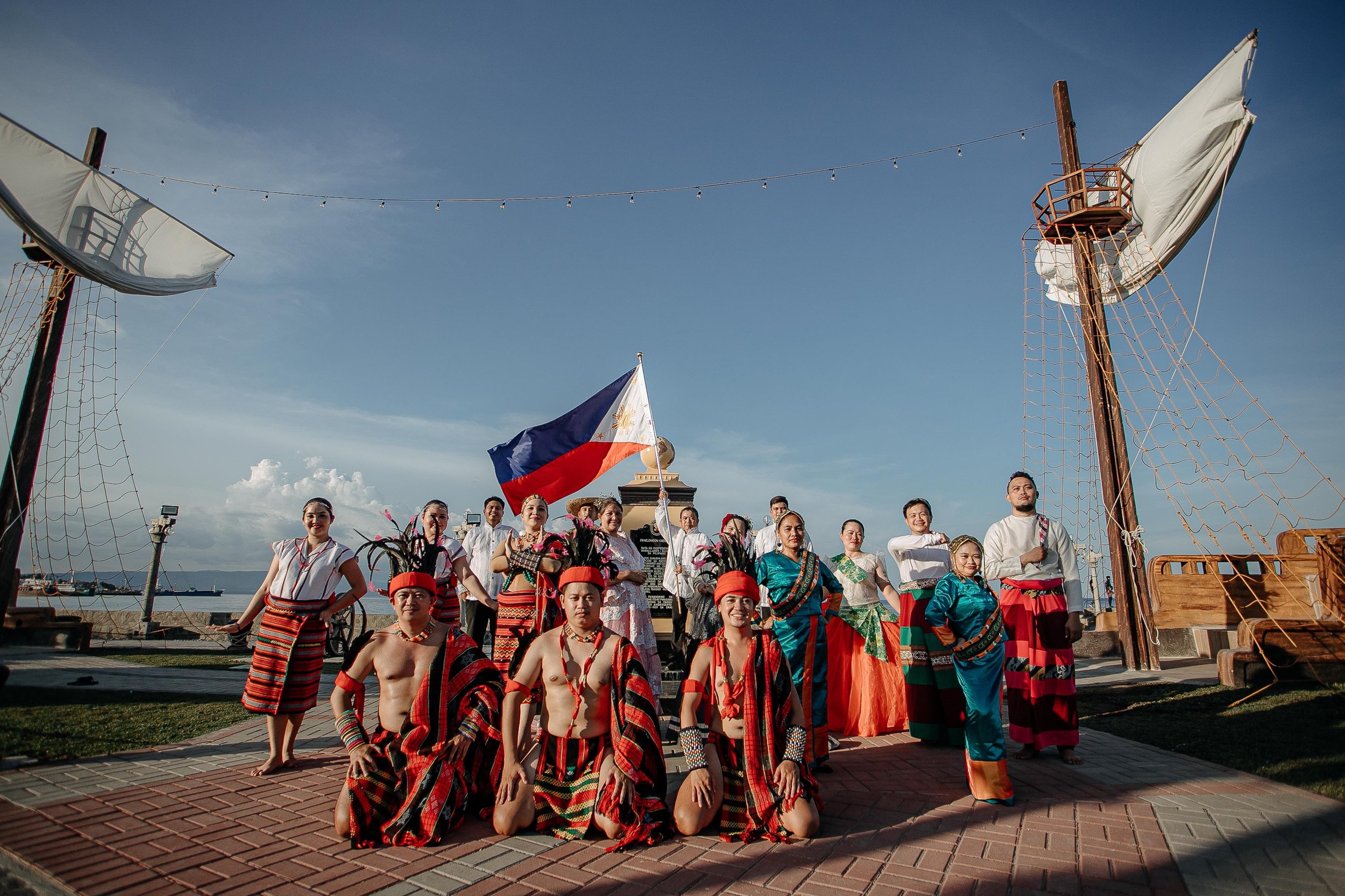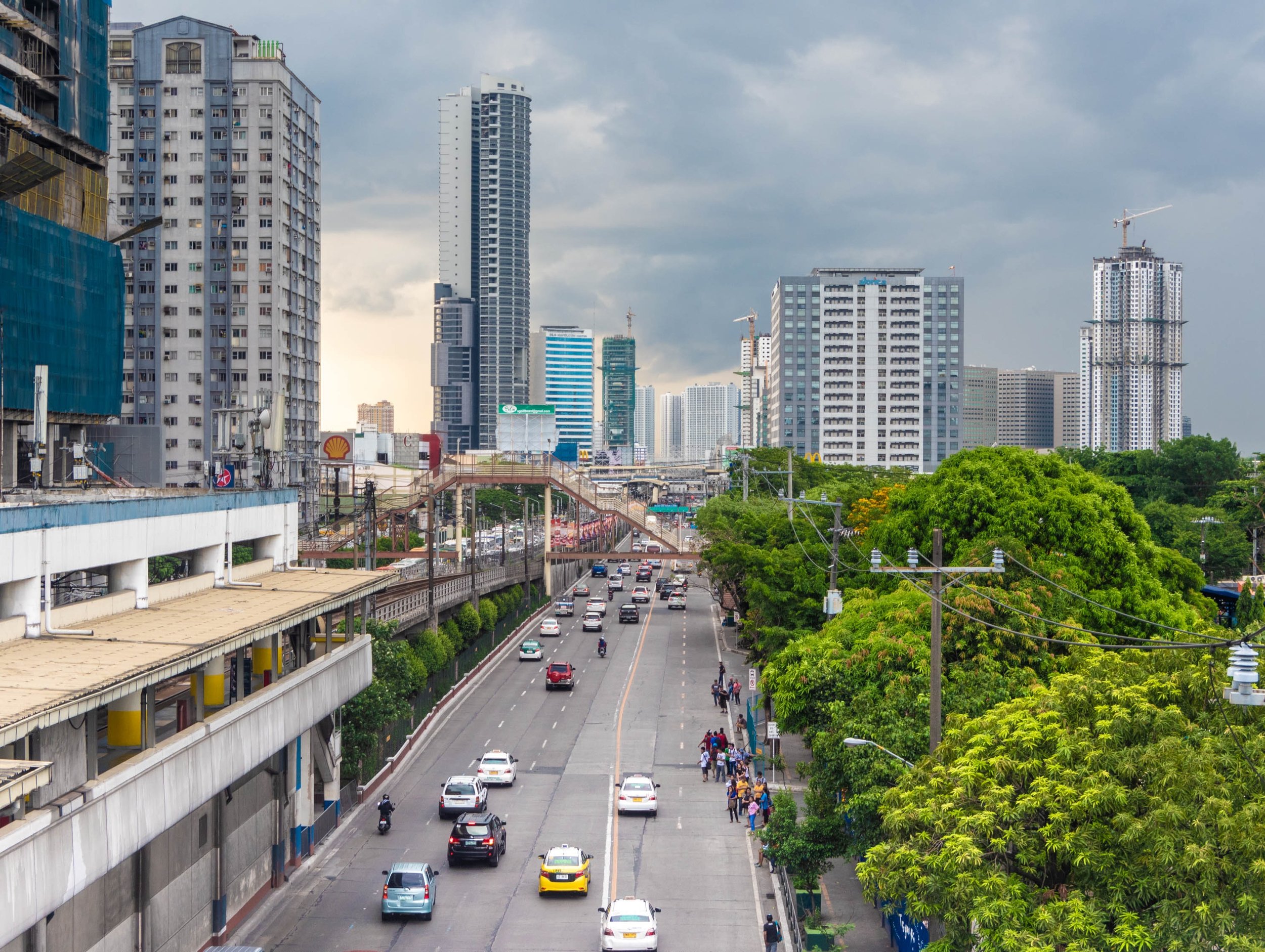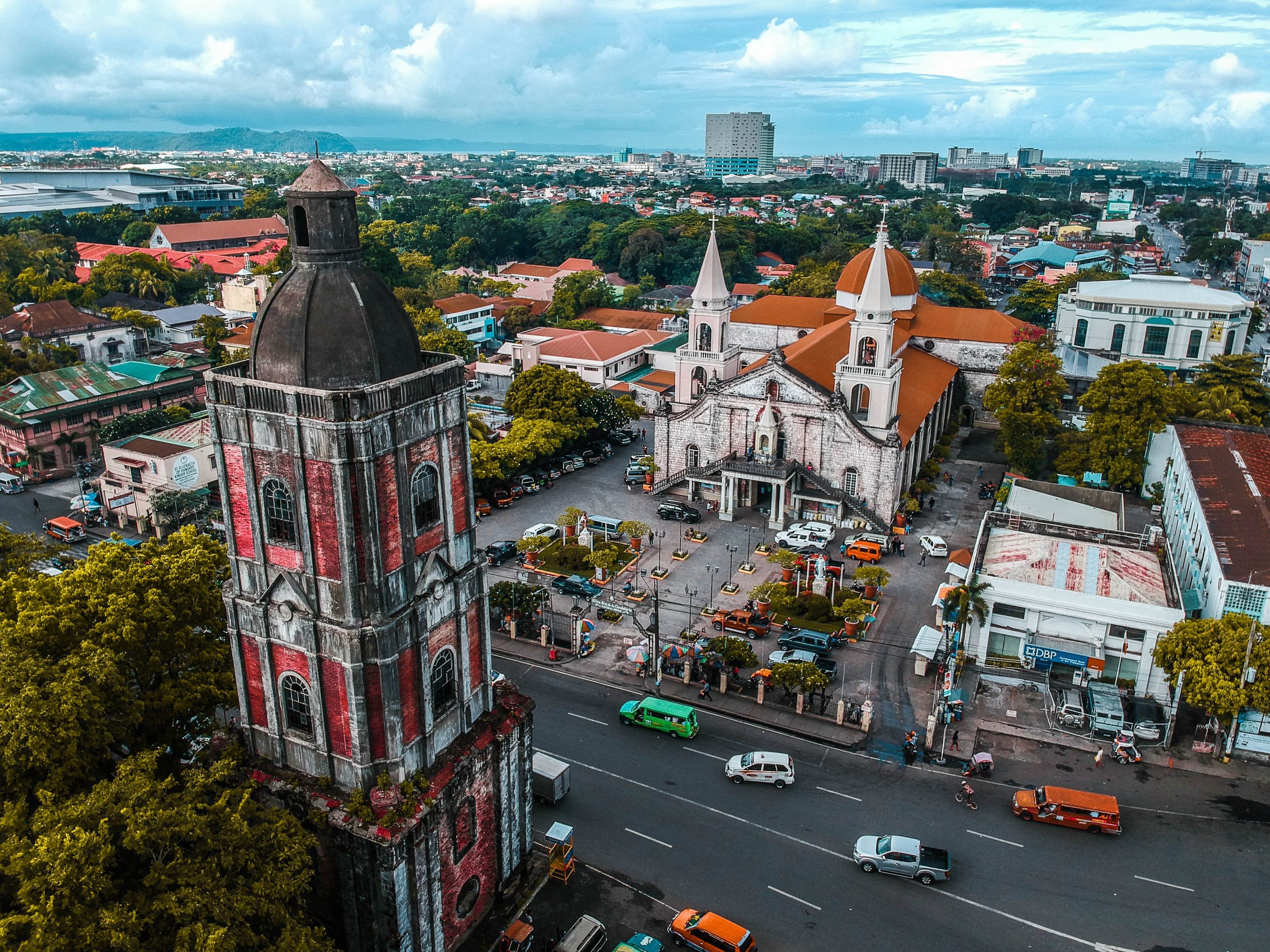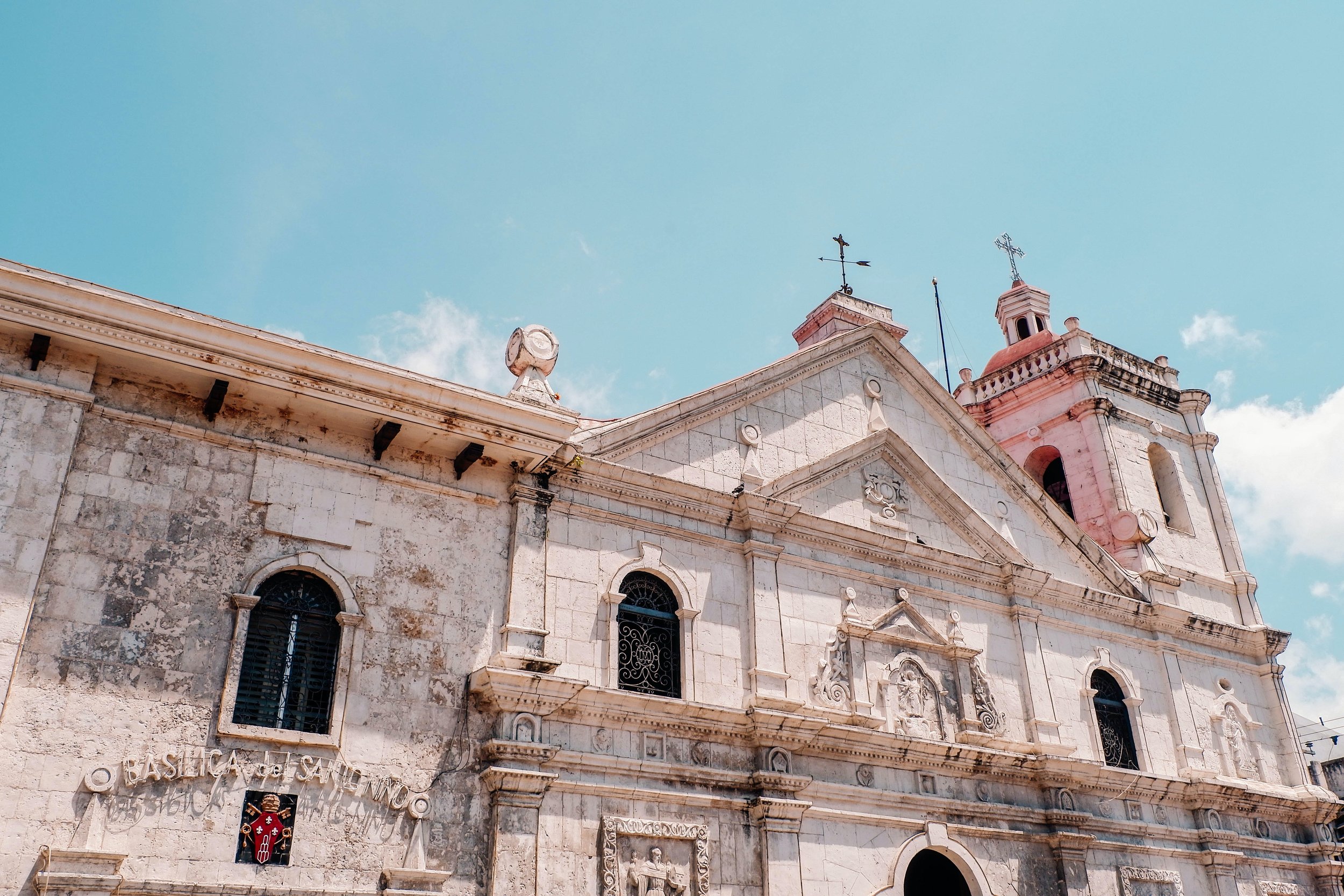A Brief Political History Of The Philippines
Do you know that the Philippines has one of the richest political histories in the world? It is the only nation in Southeast Asia that was colonized by the West for more than 3 centuries.
Even before the foreign colonizers’ settlement in the country, politics already existed. Powerful datus (chiefs) ruled over the social groups. The domination of Spanish, American, and Japanese colonizers over the Philippines was not just tagged with oppression of freedom, but also societal transformation and proof of bravery.
Here’s a quick overview of the country’s interesting past, the attempts to shape its political culture, and the efforts to continuously evolve through the years since the Spanish colonization which started in 1521.
What Happened During the Spanish Colonization of the Philippines?
It is interesting to know that the presence of the Spaniards in the country was originally to spread Roman Catholicism, not to colonize the Filipinos. They helped transform Philippine education, architecture, and way of life. But, the Spanish government was later tarnished by abuse, slavery, and corruption.
The long history of colonization and imperialism in the Philippines by the Spanish colonists is significantly reflected in the country’s politics and culture. As Spanish leaders ended the treaty of friendship with the Filipino native chiefs in 1565, the entire archipelago was placed under Spain.
-
• March 1521 - Ferdinand Magellan arrived in Cebu (Central Visayas Region), and placed the region under Spain’s control.
• 1521 to 1898 - During this era, many Filipino nationalists revolted against Spain.
• June 12, 1898 - President Emilio Aguinaldo proclaimed independence from Spain, which marked the end of more than 300 years of Spanish rule in the Philippines.
• December 10, 1898 - Spain handed over the Philippines to the Americans after signing the Treaty of Paris. It was the start of the U.S. government’s domination over the Philippine economy. -
In his search for fame, Ferdinand Magellan, a Portuguese navigator, accidentally discovered the Philippines in 1521. He set out from Spain along with a fleet of 5 ships to find a new route to Moluccas Islands or Spice Islands. The island is abundant in cloves and other spices, which were at the epicenter of the world economy during that time.
They named the country “Philippines” in honor of King Philip II of Spain. During Magellan’s stay on Cebu Islands (Central Visayas Region), he introduced Catholicism to the people, and began converting Filipinos to Roman Catholics.
However, the presence of Spanish colonizers on the island triggered a series of revolts among Filipinos, including Lapu-Lapu. He is a native chieftain and a national hero who resisted such oppression. Together with his allies, Lapu-Lapu killed Magellan on the island of Mactan, Cebu (Visayas) in 1521. Despite this defeat, Spanish colonization went on as several conquistadores (Spanish conquerors) arrived in the Philippines in 1565.
During the Spanish era, the people of the Philippine Islands were classified into different social classes. The Datu, Rajah, Lakan and “noble ones” made up the ruling class. The middle class were composed of the Timawa (in Visayas) and Maharlika (in Luzon). Timawa and Maharlika are words referring to a feudal warrior class. Those belonging to the lowest class were the Alipin (commoners or slaves). -
While the Philippines was under the rule of Spain, many Filipinos experienced torture and injustice. They were forced to work for the Spaniards, and made into slaves. They were also obliged to abandon their farmlands, embrace the new ways and practices taught by Spain, and pay excessive taxes.
These are a few of the many reasons why Filipinos bravely took a stand against the abusive foreign colonizers. Such revolts happened from 1521 until 1898.
-
Along with other brave Filipino heroes, Andres Bonifacio and Jose Rizal were the most notable revolutionary leaders during the Spanish era. They were members of La Liga Filipina, an organization advocating political reforms.
Andres Bonifacio became the Father of Philippine Revolution being the founder of the Katipunan (an underground society seeking independence from the Spanish colonists). Bonifacio was also called the Supremo (the secret organization’s highest in command).
Jose P. Rizal, on the other hand, fought against Spain by publishing underground revolutionary materials. Rizal came from a relatively wealthy family, and was an illustrado (an educated Filipino during the Spanish regime in the Philippines).
Having studied in different universities in the country and abroad, he was a teacher, doctor, and linguist. He used his wisdom and education to ignite patriotism among his countrymen. Rizal’s writings inflamed the Filipino’s desire to liberate the Philippines from the colonizers. His most notable works were Noli Me Tangere and El Filibusterismo – two novels that revealed inequalities of the Spanish government and the maltreatments of Filipinos under the hands of the Spanish friars (priests).
In 1896, Jose Rizal was charged with rebellion, conspiracy, and betrayal to Spain, and was sentenced to death by firing squad. On December 30, 1896, he was executed in Bagumbayan, Manila (currently known as Luneta or Luneta Park).
Both Andres Bonifacio and Jose P. Rizal played a major role in winning the country’s independence from Spain. These brave men strongly inspired other Filipinos to fight for their native land’s freedom.
The Americans recognized Jose P. Rizal’s heroism and peaceful way of achieving freedom for the country as a brilliant move. This is why he was declared as the National Hero of the Philippines.
To honor the sacrifices of all Filipino heroes who offered their lives for Philippine independence, the National Heroes Day is celebrated every last Monday of August. Rizal Day, on the other hand, is commemorated on every 30th day of December.
In this travel guide to Manila, you will learn more about Philippine history, how to travel around, and where to stay and dine in the Philippines’ capital.
When was the American Colonization of the Philippines?
Did you know that Spain ceded the Philippines as a territory of the United States in 1898? It happened after their loss against the Americans in the Battle of Manila Bay (also called Mock Battle of Manila).
The U.S. and Spain commanders secretly planned to transfer the control over the Philippines from Spain to America through going into a mock battle. Then, the two parties signed the Treaty of Paris which placed the country under the power of the United States which lasted until 1946.
-
• 1898 - The Spanish-American War in the country flared up.
• 1899 - The start of American colonization in the Philippines; President Emilio Aguinaldo of the First Philippine Republic declared war against the U.S., which served as the onset of the Philippine-American War.
• 1934 - The Commonwealth of the Philippines was created through the Tydings-McDuffie Act, and approved by the United States’ Congress.
• 1941 - The Japanese surprised the U.S. and Philippine troops with an aerial attack and landings in the North and South of Manila. Japan took over the country’s capital city.
• 1945 - The Filipino and American troops took back Manila from the Japanese.
• July 4, 1946 - The Philippines gained its full independence from the United States.
Within the 48 years (from 1898 to 1946) of American rule in the Philippines, Manuel L. Quezon was elected president. Unfortunately, Japan defeated the U.S. in 1941. Along with Italy and Germany, Japan was a coalition leader of the Axis Powers during World War II.
Manuel L. Quezon continued serving the republic as the president despite deportation. After his death in 1944, he was replaced by Sergio Osmena. -
After more than 4 decades of taking control over the archipelago, the Americans freed the Philippines on July 4, 1946. However, in 1962, President Diosdado Macapagal changed the date of Philippine Independence to June 12, 1898.
He believed that it was the original date of winning the right of freedom from Spain.
One good thing about the American colonization in the Philippines is the introduction of the English language. Learn more about the National Language of the Philippines: History & Background.
What Kind of Government Did the Japanese Establish in the Philippines?
Hours after the Pearl Harbor bombing on December 7, 1941, the Japanese imperialist army took over the Philippines. A puppet government was established in the Philippine Islands between 1942 and 1945.
Although Jose P. Laurel was appointed president, the country did not have sovereign control over its territory because decisions must be approved by the Japan government. It was until March 29, 1942 when Hukbalahap was organized. Hukbo ng Bayan Laban sa Hapon or Hukbalahap (people’s anti-Japanese army) is a military arm of the Communist Party of the Philippines that aimed to stop the abuses of the Japanese soldiers to the Filipinos.
With the bombing of Nagasaki and Hiroshima in 1945, the Japanese lost to Allied Powers (United States, Great Britain, China, and the Soviet Union) during World War II. The United States regained territorial ownership of the Philippines, and granted its full independence in 1946. At last, the Philippines was formally recognized as a republic.





What Happened During the EDSA People Power Revolution?
Politics in the Philippines struggled to get back to its feet after World War II. It can be remembered that from 1946 until 1965, Manuel A. Roxas, Elpidio R. Quirino, Ramon Magsaysay, Carlos P. Garcia, and Diosdado P. Macapagal Sr. served as the president of the republic.
In 1972, President Ferdinand E. Marcos Sr. placed the country under Martial Law. Unfortunately, Senator Benigno S. Aquino Jr.’s assasination at Manila International Airport on August 21, 1983 inflamed the people’s desire to take their protests to the streets. Such a revolt resulted in the EDSA People Power Revolution on February 22 to 25, 1986.
-
Ferdinand E. Marcos Sr. became the president of the Philippines in 1965. Under Martial Law, he ruled as a dictator from 1972 until 1981. Public outrage, allegations of corruption, and human rights abuses led to the snap election in 1986. Marcos questioned the results of the snap election, and refused to vacate his seat. This led to a series of rallies and demonstrations along Epifanio Delos Santos Avenue (EDSA), Manila in February 1986.
On February 25, 1986, Corazon “Cory” Aquino, the widow of late Senator Benigno S. Aquino Jr., replaced Marcos in the presidential seat. During her 6-year term as the country’s leader, democratic reforms were made including the abolition of Martial Law.
-
At this point, you might be wondering what a gathering of around 2 million civilians can do for a country? The 1986 EDSA People Power Revolution was believed to be a nationalistic gathering of more than 2 million Filipinos coming from different political and religious groups. In 1986, the Marcos’ Family and its allies left Malacañang Palace (also known as Malacañan Palace). The palace has been both the main workplace and the official residence of the president of the Philippines until now.
In Hawaii, Ferdinand E. Marcos Sr. spent his remaining years in exile and died of Lupus.
Who is President Ferdinand “Bong Bong” Marcos Jr. of the Philippines?
Ferdinand R. Marcos Jr. (known as PBBM) is the current and 17th President of the Philippines. He is the son of the former President Ferdinand E. Marcos Sr.
In the 2022 elections, PPBM received around 30 million votes, and became the first to be elected by the majority since 1986. His post-pandemic administration focuses on efficient delivery of healthcare, normalization of the country’s operations, poverty alleviation, tourism, trade and industry.
He also targets digitalization and standardization of government services. This guarantees responsive and accessible government transactions.
SUMMARY: A Brief Political History Of The Philippines
The President of the Philippines and the Members of the current Philippine Congress actively introduce new laws and policies to make the lives of the Filipino people better.
Despite the challenges on inflation and shortage of food supply brought about by the Russia-Ukraine conflict and COVID-19 pandemic, the main focus of the current government under President Bongbong Marcos is the rightsizing of the government bureaucracy and normalcy of the country’s economy.
What can you say about Philippines politics then and now? Check out the 10 quick and interesting and fun facts about the Philippines. Dig in to the effects of its fascinating multicultural influence and rich history.










